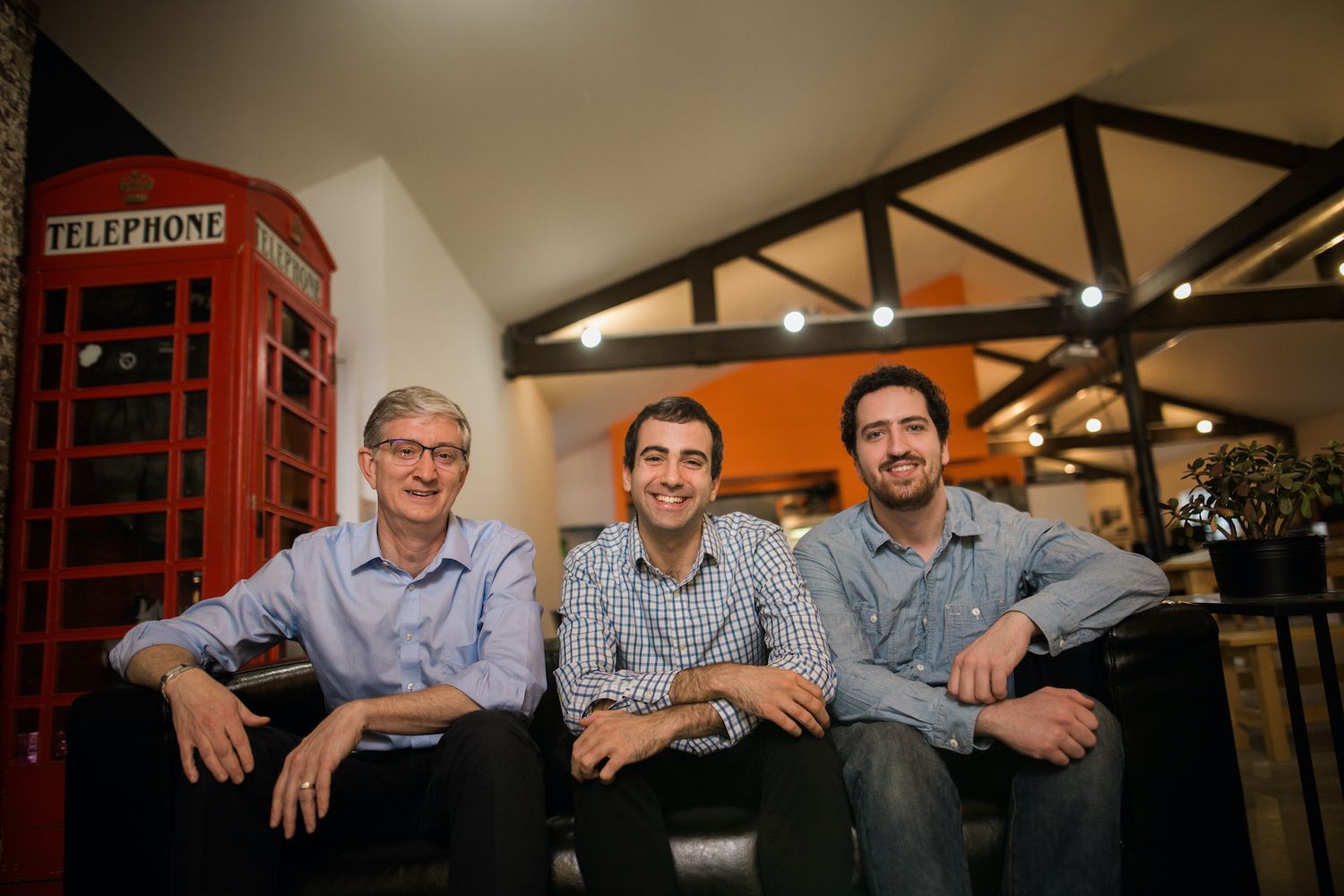![]()
For Michel Koopman ‘leading by example isn’t just a nice-to-have’, rather it is a system that ensures everyone does the right thing, whether they are being observed or not.
Company culture is often defined as a shared set of beliefs, values and behaviours, commonly held by individuals who are part of a wider organisation. It is essentially the glue that binds a workforce together as it strives to function as a business and build up an internal community that is hardworking, motivated, content and has a positive impact internally and externally.
For Michel Koopman, the CEO and founder of professional development company CxO coaching, the way in which employees communicate has evolved dramatically, leading to younger members of the workforce, for example Millennials, Zillennials and Gen Z valuing strong culture ahead of more traditional workplace priorities.
Throughout working history, managers and employers have understood the connection between the employee experience and company culture, but according to Koopman, we are in an era where there is far more attention being given to ensuring that the process and outcome is a positive one, which demands a higher degree of emotional intelligence, intentional action and consistent learning.
“The phrase ‘culture starts at the top’ underscores the critical role leadership plays in shaping and sustaining an organisation’s culture,” explained Koopman. Leaders set the tone for how people behave, communicate and collaborate. Their actions, decisions and priorities cascade through the organisation, creating an example that others follow.”
Leading by example
Poor management and hypocritical practices do not solely reflect on the individual. Rather, supervisors and employers set the tone and in seeing them operate exactly as they would like their staff to, it builds trust and confidence for the systems in place.
For Koopman it is a case of ‘monkey see, monkey do’, where the failure to build a company culture based on fairness, integrity and respect, can ripple throughout an organisation, undermining trust, creating dissonance and lowering morale. “Leading by example isn’t just a nice-to-have, it’s essential for fostering an environment where people consistently do the right thing, even when no one is looking.
“Ultimately, the culture of an organisation reflects the behaviour of its leaders. It starts at the top, but it resonates at every level when leaders inspire, model and reinforce the values they wish to see.”
Additionally, by implementing a culture that is confused and lacks consistency, organisations run the risk of hiring and even promoting employees who undermine team cohesion instead of enhancing it, leading to poor talent retention and tarnishing one of the company’s most valuable assets, its reputation.
“A well-known example is the downfall of Uber’s early leadership,” said Koopman. “The company’s toxic culture, marked by unchecked aggression and lack of accountability eventually led to public scandals, the resignation of its CEO and major efforts to rebuild the company’s reputation.
“This highlights how neglecting culture at the top can derail even the most successful businesses. In the end, ignoring culture doesn’t just hurt the people, it hurts the bottom line.”
All day, every day
Consistency is key and Koopman is of the opinion that leaders should strive to embed culture into everyday operations, not just deploy it periodically throughout the working year. Employers and management can achieve this by being intentional in their actions, their communication and their judgement calls, always aligning employee expectations with wider company goals.
“For example, leaders should communicate openly and clearly, ensuring that decisions are tied to the company’s mission in a way that makes sense to employees. When employees see consistency between words and actions, such as a leader prioritising work-life balance by respecting boundaries, they trust that the culture is more than just lip service.”
Now more than ever a strong company culture can be the bedrock of an organisation as employees prioritise benefits outside of financial compensation. As they become more discerning when making professional choices, Koopman stated, people are quicker to move on when an organisation no longer aligns itself with their goals and values.
“For instance, younger generations like Millennials and Gen Z prioritise purpose and culture over stability. They are more likely to leave a role if it doesn’t provide meaning or match their personal goals. This is why companies with strong, clearly defined cultures attract and retain top talent, they make employees feel part of something bigger.
“The takeaway? Employees today know their worth and aren’t afraid to seek out roles that align better with their values and aspirations. For employers, this means creating a culture that not only attracts but also keeps great people by genuinely aligning with what matters to them.”
Don’t miss out on the knowledge you need to succeed. Sign up for the Daily Brief, Silicon Republic’s digest of need-to-know sci-tech news.









Leave a Comment